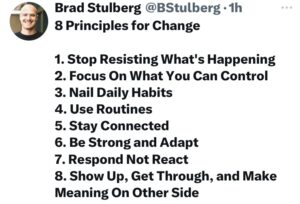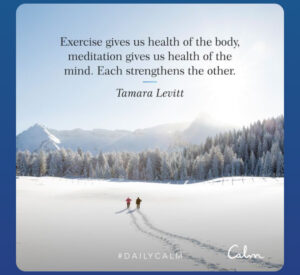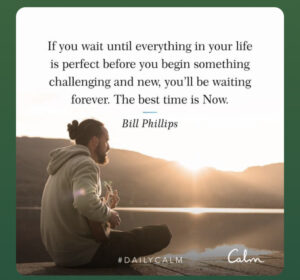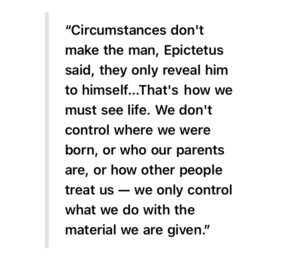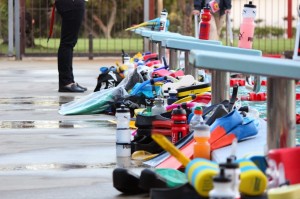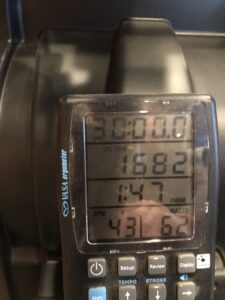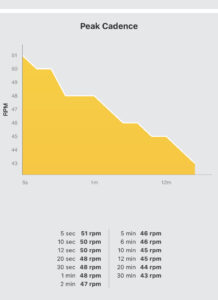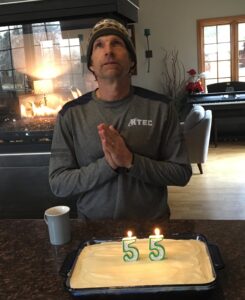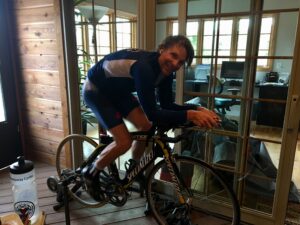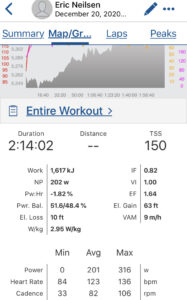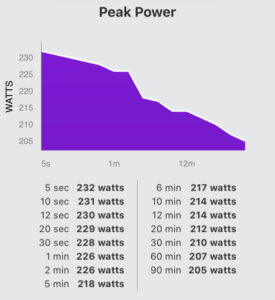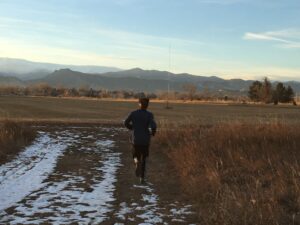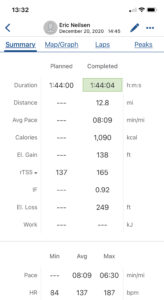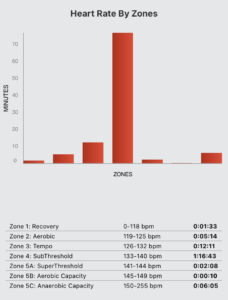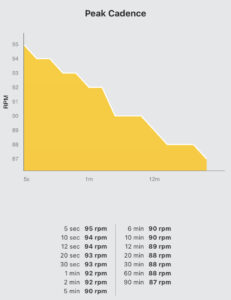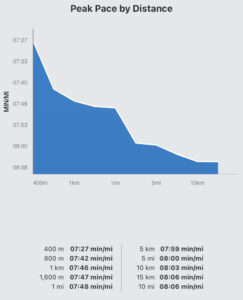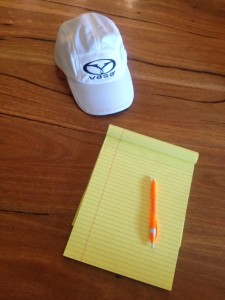Nine years ago I was a body builder who was getting bored and injured. A chance encounter on
a beach prompted a pivot to triathlon. But first, I had to learn to swim. Coach Eric was
recommended to me by some local Masters Swimmers as a potential swim coach. Little did I
know, he’s that and so much more, after a single swim lesson I hired him as my multisport
coach. As barely a survival swimmer, Eric’s lessons, coaching, and encouragement got me to be
a middle distance triathlon capable swimmer.
All the while he was helping me to improve my bike and develop a run. In10 months he got me
70.3 ready.
Eric has continued to be my coach to this day, working around a full time job with on-call
responsibilities, a pandemic, a couple of injuries, and everything life throws at you.
Eric has this way of working with athletes that allows him to meet you where your are, and
where you’re coming from. He can adapt his very language to construct coaching prompts that
make sense in your terms and can apply to how you move and even think about your body and
it’s position in space. I am, self admittedly, proprioceptively challenged, Eric and I developed a
shorthand which not only allowed me to execute efficiently, but also to improve on my
proprioception.
As I approached my 60’th year I’d set an outlandish, to me, goal of qualifying for the Ironman
70.3 World Championship. Coach Eric was fully onboard and after a winter of intense training
swim, bike, run, and strength, I qualified in March 2025. In April I crashed my mountain bike and
fractured the lateral condyle of my left femur, that’s the outside knobby bit at the knee . So much
for running, or hiking, walking, standing, and even delivering any power on the bike.
Coach Eric teamed up with Physical Therapist Craig Depperschmidt to build a recovery plan that
would not just get me to Worlds, but would prevent further degradation and destruction of my
knee. The two of them worked hand in glove through my recovery and the additional challenge
of a rib injury along the way. Eric structured my workouts around Craig’s PT prescriptions and
they had me stronger and fitter than ever in time for Worlds in Marbella SP.
The course is exceedingly vertical so Coach Eric balanced the long and steep days in the
saddle with what my knee would tolerate and, together with Craig, developed a run strategy that
would be sustainable.
Endurance sport is at least as mental as it is physical, Eric is a master at keeping you focused
on the process and the progression and great at combatting the doubts, fears, and anxiety that
come along with training, racing, and recovery.
Just getting to the IM 70.3 WC was a win in my book. Crushing the bike and logging a PR half
marathon in the Main Event were the nuts and cherry, respectively, on my triathlon Sunday
sundae.
I never hesitate to recommend Coach Eric to anybody who expresses an interest in any of the
endurance disciplines, or even to people who express “I’ve been wanting to get back to (sport x) but can’t work out how.”
I always say, “You want to get faster? I know a guy who can train you smart.”



